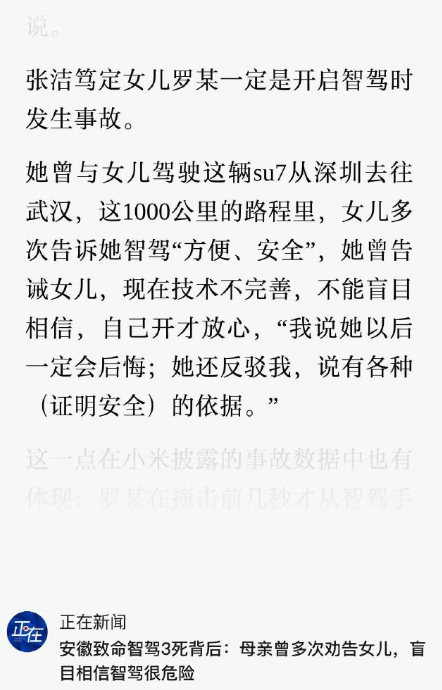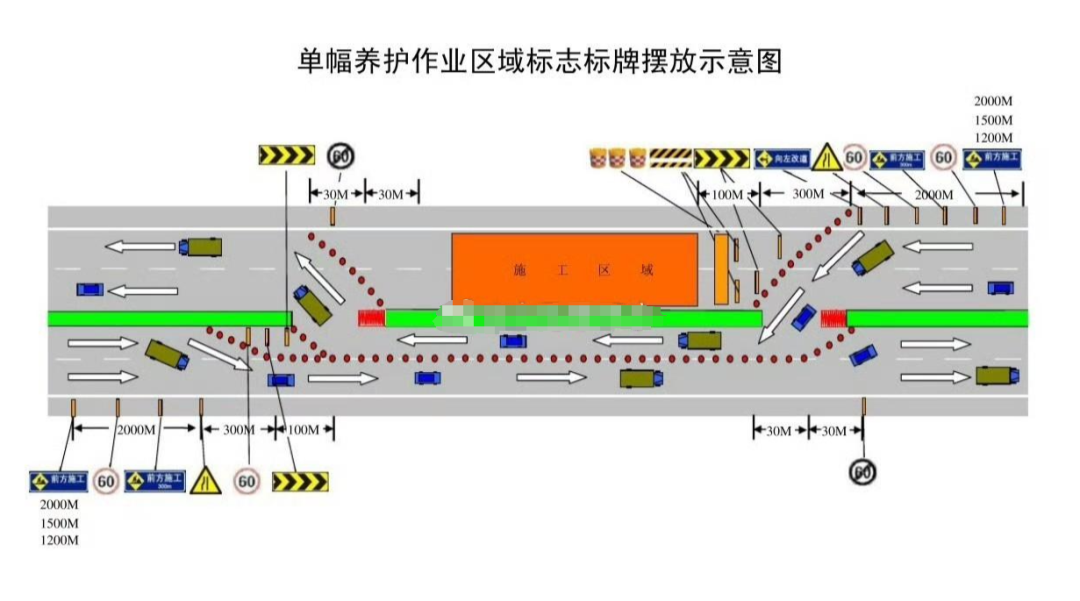“Autonomous driving promises convenience, but never compromises on vigilance.” A horrific crash involving Xiaomi’s SU7 in autonomous mode has ignited global debates about technology, responsibility, and transparency.
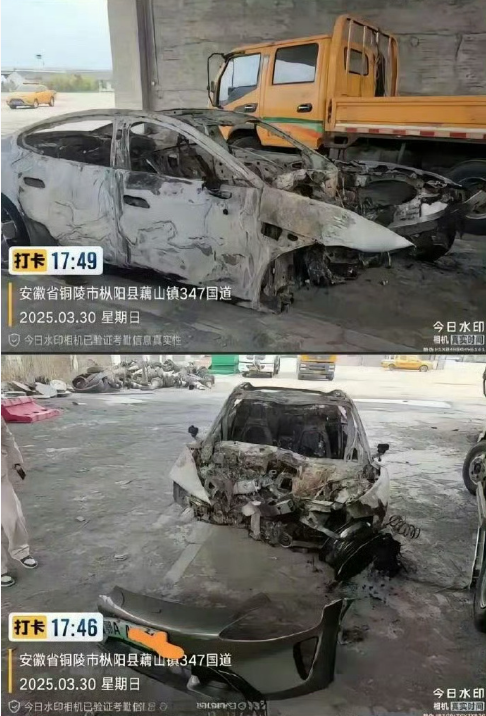
1. The Incident: Facts & Controversies
1.1 Core Details
A Xiaomi SU7 operating in autonomous mode collided with a concrete barrier at 97 km/h, killing three occupants. Key points:
- Vehicle: Standard SU7 (no LiDAR)
- Mode: Highway autonomous driving
- Outcome: Fatal crash despite emergency alerts
1.2 Conflicting Accounts
While Xiaomi’s report claims driver inaction despite alerts, the victim’s family alleges system failure. Public sentiment leaned heavily against Xiaomi’s “blame-shifting” response.
2. Why Xiaomi’s Response Backfired
2.1 Communication Breakdown
Technical jargon and defensive language alienated audiences. A family’s emotional appeal resonated far more than corporate data dumps.
3. Autonomous Driving: The L2 Loophole
China’s L2 classification allows “partial automation” marketed as “self-driving,” misleading consumers. Experts warn:
“L2 systems require constant driver supervision—treat them as assistants, not pilots.”
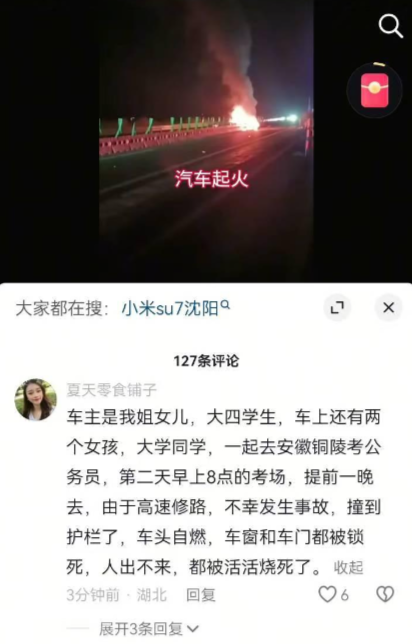
4. Safety First: User Guidelines
4.1 Urban Testing First
Before highway use, test AD systems in complex urban environments. A 3-month city trial can reveal critical flaws.
4.2 LiDAR Advantage
While Xiaomi’s standard model lacks LiDAR, competitors like Huawei demonstrate improved safety with this technology. Consider LiDAR-equipped models for enhanced detection.
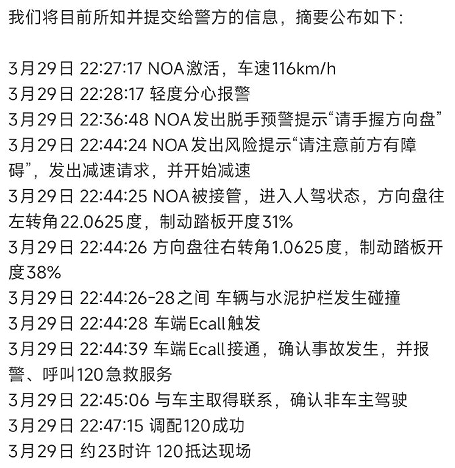
5. Crisis Management Lessons
The victim’s family’s brief, emotional post outperformed Xiaomi’s technical defense. Key takeaways:
- Empathy > Data in crisis communication
- Visuals > Text for public understanding
- Transparency > Defensiveness
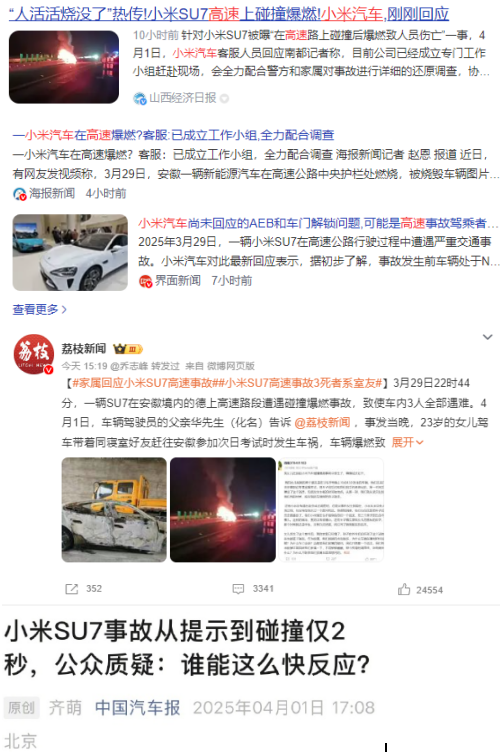
6. Industry-Wide Changes Needed
Regulatory Actions
Stricter L2/L3 differentiation and mandatory real-world testing could prevent future tragedies. Proposed measures:
- Standardized safety benchmarks
- Clearer consumer warnings
- Penalties for misleading marketing
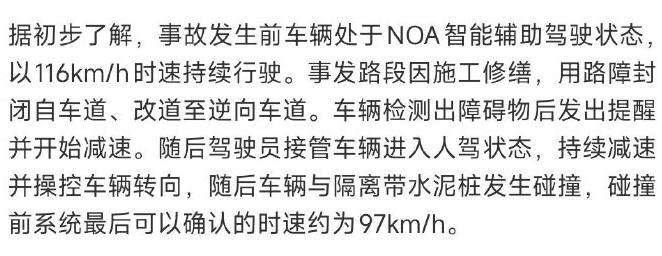
7. Consumer Awareness Checklist
Before using autonomous features:
- Understand your vehicle’s automation level
- Test AD systems in low-risk conditions first
- Stay alert—never fully disengage
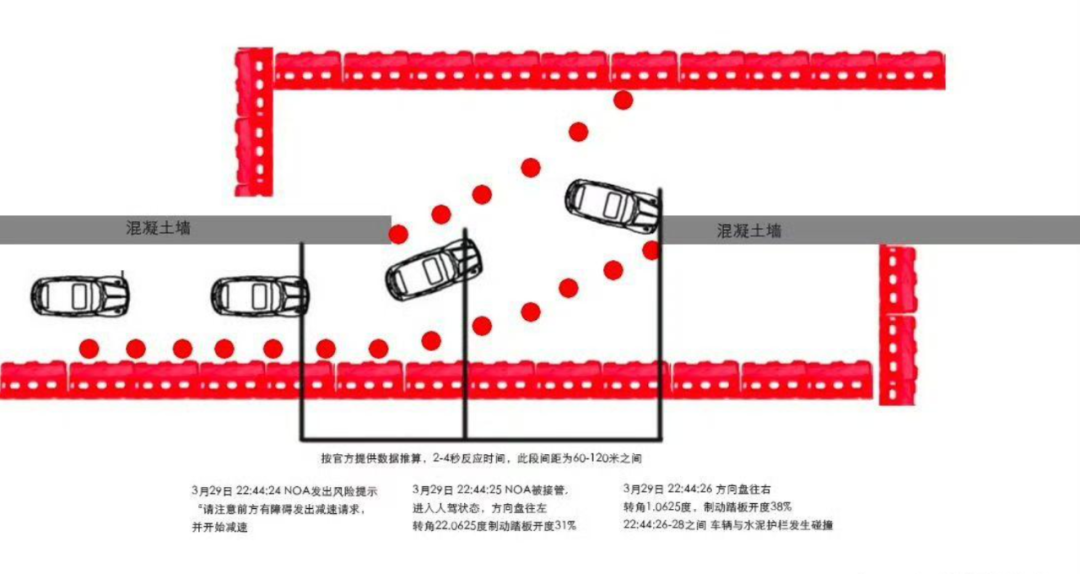
Conclusion: Balancing Innovation & Responsibility
The Xiaomi incident underscores urgent needs:
- Ethical tech development
- Transparent communication
- User-centric regulations
As autonomous driving evolves, so must our commitment to safety.
